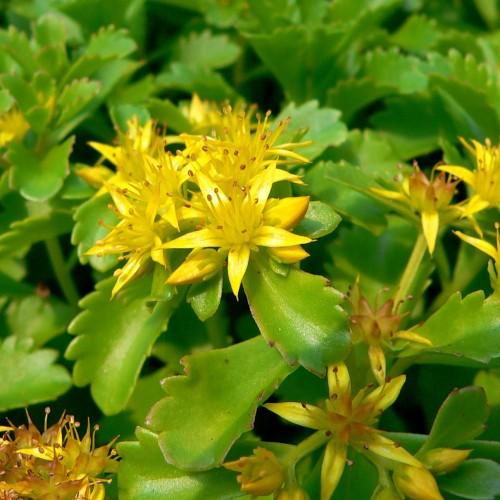
orange stonecrop
Phedimus kamtschaticus ( syn. Sedum kamtschaticum )
Also Known As - Russian stonecropCycle:
Perennial
Watering:
Average
Hardiness Zone:
10
Flowers:
Flowers
Sun:
full sun,part sun/part shade
Soil:
Well-drained
Fruits:
Fruits Ready In
Leaf:
Yes
Growth Rate:
Low
Maintenance:
Moderate
Drought Tolerant:
Yes
Tropical:
Yes
Indoors:
Yes
watering
For a healthy spoon leaf peperomia, you should water your plant no more than once a week. You should wait until the top 2 inches of soil are dry before watering it. Be sure to use lukewarm water, as cold water can shock the plant. To give the roots more access to water, you could use a pot with a drainage hole.
sunlight
Spoon leaf peperomia (Peperomia magnoliifolia) should receive moderate and indirect sunlight. The amount of sunlight should range from 2 to 4 hours of direct sunlight, or 4 to 6 hours of indirect sunlight in the west or south-facing window. An east or north-facing window should provide 3-4 hours of indirect sunlight. With too much sunlight, the leaves of spoon leaf peperomia may burn or yellow. With too little sunlight, the leaves may become pale and lose their defined shape.
pruning
Spoon leaf peperomia (Peperomia magnoliifolia) can be pruned once or twice a year to control the plant's size and shape. It is best to wait until early spring before pruning, when the plant is actively growing. Pruning should be done lightly to maintain the natural shape of the plant and only remove excess growth such as brown, diseased or dead leaves and stems. Only about 1-third of the existing material should be removed at 1 time to avoid shocking the plant.
